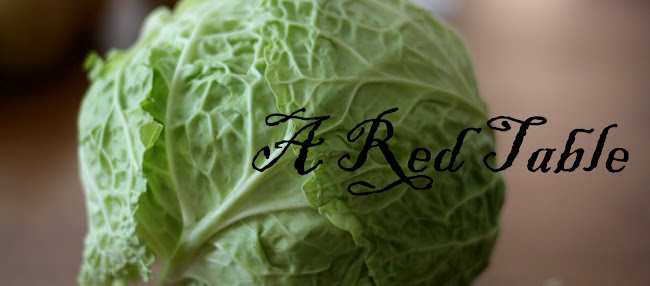When I'm trying to crank out dinner on a weeknight, though, I yearn for a shorter process. I yearn for a roll that is simpler, yet still delicious. I yearn for a roll that is light, yet perfectly dense, and, most of all, I yearn for a roll that isn't so, well, needy. The thing I want, and the thing you want, is this recipe. These rolls need no kneading and, somehow, miraculously, they are the lightest, most incredible rolls ever. Think Parker House roll meets a soft little lamb. A very delicious lamb, that is.
 No-Need-To-Knead Dinner Rolls
No-Need-To-Knead Dinner Rollsmakes one dozen rolls (but can be very easily doubled!)
adapted from Art Smith's grandmother Mabel's recipe in
Back to the Table: The Reunion of Food and Family
1 C warm water
1 package active dry yeast
1/4 C sugar
1 large egg, beaten
1 1/2 T vegetable oil
1 t salt*
3 C AP flour
1 1/2 T salted butter, melted
*Experiment with the salt amount in these. The original recipe calls for half this amount of salt, but it just didn't see like enough to me, so I added more. The original recipe also calls for unsalted butter, and while I am a huge fan of unsalted butter in general, I thought these rolls really benefited from the salted variety.
Pour water into a large bowl and sprinkle in yeast. Let stand until yeast softens, about 5 minutes. Add sugar, egg, oil and salt and whisk to dissolve yeast. Gradually stir in enough flour to make a soft dough. Work dough in bowl to make a smooth ball. (The dough will probably be a little sticky -- this is okay! If you need to add a little more flour to your hands in order to keep the dough from sticking when you're working it in the bowl, go ahead.)
Spray the bottom and sides of another bowl. Place the dough in the new bowl and spray top of dough with cooking spray. Cover bowl tightly with plastic wrap. Let stand in a warm, draft-free place until doubled in volume, about 1 hour.
Brush a 9 or 10-inch round cake pan lightly with melted butter. Punch down dough and cut into 12 pieces. With floured hands, form each piece of dough into as much of a ball as you can (it'll still be a little sticky). Arrange 12 balls of dough in the pan.
 Cover loosely with plastic wrap and let stand in a warm, draft-free place until almost doubled in volume, about 35 minutes.
Cover loosely with plastic wrap and let stand in a warm, draft-free place until almost doubled in volume, about 35 minutes.Meanwhile, position a rack in the center of oven and preheat to 400 degrees F. Bake until tops just start to turn golden brown, about 14 minutes. (Watch them carefully! They will dry out if they are allowed to bake until the tops are brown.) Remove from oven and let stand for 3-5 minutes in the pan. Remove rolls to a plate and brush tops of rolls with remaining melted butter.
Serve warm with, ahem, more butter on the side. Try not to eat them all in one sitting.


No comments:
Post a Comment